Co-Presidents Dan and Michael Schwab On How D&H Is AIMing High To Migrate Partners To MSP Model
D&H Distributing Co-Presidents Dan and Michael Schwab say the company’s new AIM (Assess, Implement and Manage) methodology is designed to help partners migrate to the MSP model.
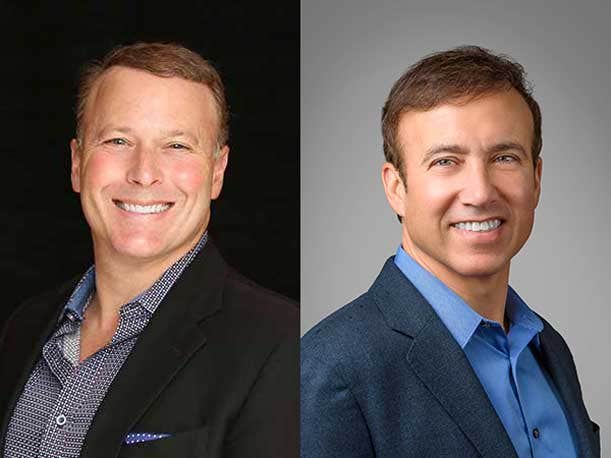
D&H Distributing Co-Presidents Dan and Michael Schwab
D&H’s New AIM Training Is Helping Partners Become MSPs
D&H Distributing’s new AIM (Assess, Implement and Manage) methodology is powering more partners to make the leap from reseller to MSP (Managed Service Provider), said D&H Co-President Dan Schwab.
“With AIM we’re being much more proactive to help partners migrate their business to become MSPs,” said Schwab “It’s a new framework that makes it easy for the partners to identify and attach services to their hardware and software. It completely changes the sales process. It is really a question of how they migrate to the MSP model.”
Schwab called the new AIM methodology a matter of D&H rolling up its sleeves and working with partners one at a time to make the shift to a recurring revenue services model.
“This is the old-fashioned D&H going from fox hole to fox hole to help partners become MSPs,” he said. “It is old-fashioned blocking and tackling to help our partners leverage best practices, sharing with them and helping them connect with one another.”
As part of the shift from capital expenditure to recurring revenue service solutions, the D&H AIM methodology works with partners on each and every deal to assess, implement and manage solutions that drive recurring revenue profitability, said Schwab.
D&H Co-President Michael Schwab said the training is focused on helping partners commit to the MSP model with a “different mindset” focused on sales force compensation, billing cycles and revenue recognition.
“Partners need to embrace this as a future opportunity. You don’t want to be stuck in the past,” he said. “This is perhaps the largest opportunity the partners need to consider for the foreseeable future.”
The D&H Co-Presidents spoke with CRN about the AIM methodology, new credit terms to commemorate the company’s 105th anniversary and other issues. Below is an excerpt from the conversation.

What is the significance of upping partner credit to 105 percent of current credit lines for all partners?
Michael Schwab: If you take a step back and think about 105 years there is a lot of things that have not changed. Our customer-centric priorities have been consistent for decades. Our execution of our strategy remains constant: we still leverage our sales, marketing and logistical capabilities to deliver best in class solutions. We think long term and strategic. Those things are embedded in the DNA of the company. But as we thought about the 105th year and all the goodness that culminates in our 105th anniversary we asked ourselves what we could do differently. The number five is symbolic. It is a symbol of goodness. It represents change, progress and new beginnings. We looked at this as a moment in time to reinvigorate our creativity, explore new possibilities.
The 105 percent downstream credit is embedded into the new potential we are thinking about as we move the technology distribution business forward.
Dan Schwab: The 105 percent is a big deal because we do see this as a critical need with the banking challenges, with the cost of money and working capital. We realize that we have to lean in with our partners to help them expand their business. If we’re going to try to help them grow and move upstream and sell more advanced solutions they need more credit.
So on top of our normal credit lines, we are upping to 105 percent current credit lines for all partners and adding $350 million more in monthly credit extensions. This is our way of showing our appreciation to partners to invest in them and help them grow.
At D&H see the 105 percent representing all our co-owners giving 105 percent. If you work for a big public company where you are treated like a number and you don’t love your boss, you probably put forth 95 percent effort. You are probably not running through a wall on behalf of the company because it is not reciprocated.
But at D&H you are a co-owner of the company you share in the success of the company. Think about it- It is like running your own business so you are willing to put in 105 percent effort all the time because you care that much more and it is reciprocated. I think that tells the story of why D&H has grown faster than the distribution market for the last 20 years. That will continue and in fact it accelerates in down markets.
People care that much more at D&H. We have much less turn over. We have people that are invested in the success of our partners and our vendors. They realize that if they invest in customer and vendor success – like what we are doing with the increased credit lines- we in turn will become successful long term.
We think about this 105 percent effort in every aspect of the business. That was really our challenge to our leaders to help celebrate the 105th anniversary. Even though we have been doing really well, we wanted to up our game that much more.
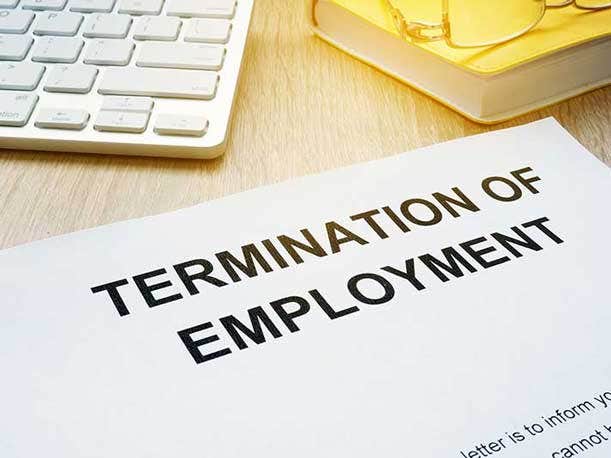
What impact is the wave of layoffs and belt-tightening that we see having on D&H?
Dan Schwab: Michael and I do an email to all of our D&H co-owners every week. We recently looked back to one of those emails we sent during the 2008- 2009 global financial crises. This is what Michael wrote then and we are actually now sending it out again 15 years later. What it show is the difference between D&H and the other publically owned or private equity owned businesses in our industry.
Here is what Michael wrote:
While many companies look in a tough economic environment to cut costs through payroll reductions or cutting benefits. It is our strong opinion that an organization is better off investing at a higher level in employees during more difficult economic times. A company is only as good as its weakest link. So if you have strong, motivated, energized employees who are well-trained and support company goals in the long run whether there is positive economic news in the headlines or not you have a much better chance of being successful.
Since Michael wrote that 15 years ago nothing has changed. That is still the philosophy of D&H today: invest in people. We don’t go through major reorganizations like publically held and private equity owned companies. We look at the economic headwinds and say this too shall pass and focus on how do we invest in the channel for long term success.
How important is the training you do for partners as you look at the economic landscape today?
Dan Schwab: This is where D&H is best in class in helping partners migrate their business. Within our business we have our SuccessPath training program. One of the key focus areas is helping partners migrate to become MSPs. We really help our partners through that process. Within that we have our AIM methodology which is Assess, Implement and Manage the IT environment.
So as partners are working on end users on opportunities, we are helping them as they go through an assessment to decide whether they are going to implement it or rely on third partners and how we could help them. Within that is the whole finance motion of the solution as well, where we work with them closely on the different finance models and how do we help them with cash flow.
Some people sell from just a technology standpoint. Our SuccessPath is really bifurcated. Half of it is for the owner of the business with business advice on how you evolve your business and the other half is more tactical advice on how you execute, implement and leverage new innovative technologies. That is an areas where D&H really stands out. And we customize that for each partner. For every partner we have customized conversations with support visits and executive touch points to help them with their migration to become an MSP.
How important is the Modern Solutions Business combined with SuccessPath and AIM to helping partners make this paradigm shift to the MSP model?
Dan Schwab: Our Modern Solutions Business unit account representative can sell partners everything from cloud to hardware to services to hybrid solutions. That means partners do not have to go to four or five people. So the natural evolution of that is AIM (Assess – Implement- Manage) to help our partners make the migration to become MSPs.
We first came up with this to help our partners come up with solutions. Then we had to do an even better job of helping them execute and do it more effectively than they could fine elsewhere.
With AIM we’re being much more proactive to help partners migrate their business to become MSPs. It’s a new framework that makes it easy for the partners to identify and attach services to their hardware and software. It completely changes the sales process. It is really a question of how they migrate to the MSP model. They have multiple options on on how they can execute and we help them with those decision trees they can go through so they can be successful.
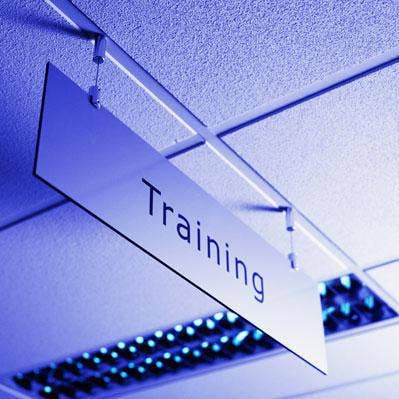
Some vendors have done training to help partners become service providers selling opex versus capex. How is AIM different?
Dan Schwab: This isn’t a giant partner that hires consultants. These are SMB and midmarket partners. What we are doing is rolling up our sleeves and helping them one at a time to help them migrate to become full-fledged MSPs. This is the old fashioned D&H going from fox hole to fox hole to help partners become MSPs. It is old fashioned blocking and tackling to help our partners leverage best practices, sharing with them and helping them connect with one another.
Michael Schwab: To become an MSP you have to commit to a different mindset in terms of your billing cycles, revenue recognition and how you compensate your sales people. So it is something that Is not natural for all of our reseller partners to migrate to. Partners need to embrace this as a future opportunity. You don’t want to be stuck in the past.
How big a transition is this for D&H partners?
Michael Schwab: This is perhaps the largest opportunity the partners need to consider for the foreseeable future. We are not evangelizing partners walk away from their traditional buy-sell model, hardware sales, adding services, selling software. But we are evangelizing a thought process whereby they separate and distinguish selling value added recurring revenue service in addition to selling hardware. Those value added recurring revenue services are being built into the go forward business strategy of the software providers and hardware manufacturers. Cisco is perhaps one of the most visible of those companies. The question is how do partners take advantage of that opportunity? That is where the manufacturers themselves are investing. That is where they want to see their growth. Partners will be rewarded for embracing that. Our role is to make sure partners recognize that opportunity as they move their business forward
What is the state of the IT economy as you look at the market in 2023?
Michael Schwab: If you believe in the philosophical idea that technology has never been more relevant in our professional and personal lives- as I do and D&H does- then you can look beyond perhaps the short term decline which we are seeing decline which we see from numbers from NPD, IDC or CDW results.When you look at those numbers you see all these challenges in the trajectory of the market with regard to total consumption of IT.
Having said that there are innovative new technologies, new business models, MSP initiatives, as a service strategies, downstream training and enablement. That is all part of our core philosophy to move the business forward and to evangelize the latest and greatest technologies. Security plays a big role in that.
I look at that and see what is happening as an opportunity. And manufacturers are aligned with us on this. They are looking to the channel partners to reflect all of the things they want to accomplish right now.
So they are looking to enable their channel partners whether it be Cisco or HPE to have the knowledge base and training to take their strategy and technology solutions into the end user population. So I’m as excited as ever are for what the technology opportunities are ahead of us. In its entirety the technology spend might not be as strong in totality but I think if you execute well there is a lot of opportunity for our partners.
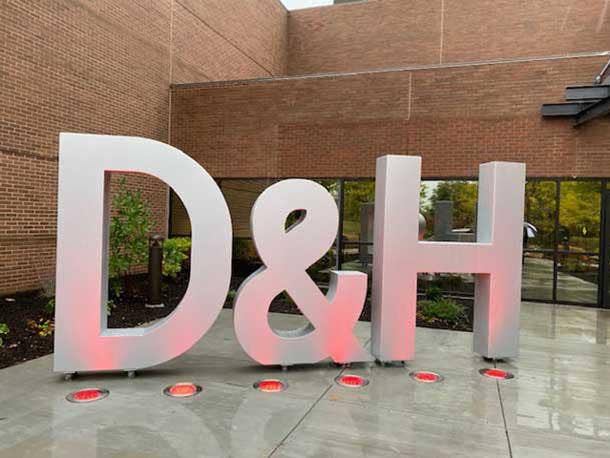
To that point, D&H is adding 30 percent more staff to the dedicated Cisco and HPE teams. What is the message to partners with the addition to those teams?
Dan Schwab: So this is a major investment because we see the opportunity for us to help enable our partners to evolve as Cisco and HPE evolve. As Cisco and HPE migrate to more cloud, service based and recurring revenue it is a transition for our partners.
So we needed more resources for both of these vendors to help our partners to be proactive. So an example is we launched our Cisco driven program to provide more MSP resources, to help partners get through Cisco partner program tiers, to help partners move up the stack.
We have also expanded our Cisco Cloud Marketplace for MSPs by offering new solutions for them, in some cases we were the first to offer like the MSLA (Managed Services License Agreement) program through our marketplace.
We have done the same thing by refreshing our HPE HERO program to provide more MSP resources and help partner progress through the partner program tiers at HPE. It revolves around expanding partner’s capabilities around GreenLake.
It is very clear that is where HPE is focused. It is a paradigm shift for partners- some embraced it right out of the gate, others were reticent. But I think today everyone see it as a major opportunity they are going to have to align to in one way, shape or form.
All of these investments are to compliment our vendor’s efforts to help migrate partner to sell more advanced solutions and business selling motions.
We have revamped HPE HERO program and Cisco Driven to align to this MSP evolution.
So do you see the economic downturn as an opportunity to double down to help partners grow the business?
Dan Schwab: Yes. We see this as a moment in time to lean in for our vendors and customers when others are looking at their business differently. Our competitors have a 90 day shot clock for quarterly earnings. We have the luxury of being longer term focus.
We have never had a major company layoff. We always try to be lean and tighten our belt. We try never to over swing the pendulum and swing back when they hire 20,000 people and then walk away from 10,000 employees.
We are much more conservative. D&H doesn’t swing for the fences. We like hit singles and doubles. We don’t swing for the fences and strike out.
We always view moments of economic turbulence, uncertainty or even down markets to stand out that much more. We are still planning on our commercial business growing at double digits, while many manufacturers are planning on flat or declining business this year. We think we win by helping partners in a differentiated way.
Michael Schwab: Think about this- if the overall market is down with GDP going flat with an increase in interest rates, unemployment ticks up a bit and companies start to look at their bottom line and saying how do we enable a better outcome. It is the use of technology that allows them to do that.
How do companies continue in the midst of an economic downturn to be more productive, to have better business intelligence and make better business decisions? It is all through the use of technology.
Think about what is going on with ChatGPT and why people are excited about what that brings to business it is because it takes huge amounts of data and puts it forward in a manner that allows people to create a financial outcome in a manner that perhaps is better than they ever imagined inside their business or outside their business.
I think of this as a moment in time where technology has risen to an inflection point where I don’t think you can be in business unless you continue to invest in your technology.
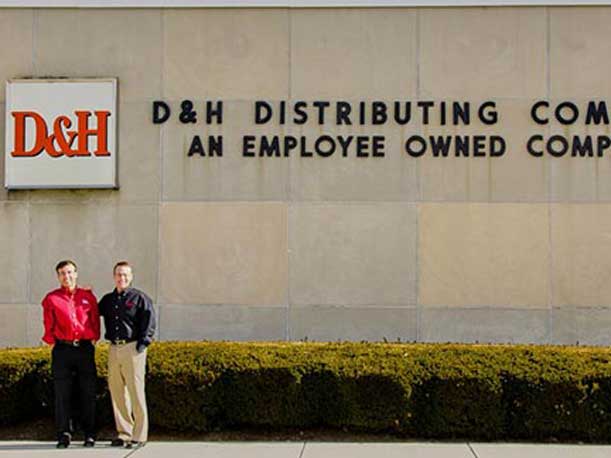
When you look at the 105th anniversary how do you feel about the future of the company?
Michael Schwab: I look at this as an inflection point where we can look back and be extremely proud of all that we have accomplished in over 100 years. It has been a remarkable journey.
The company started the year in which the first pandemic happened in 1918 with the Spanish flu. We survived the Great Depression, World Wars and the dot-com bust, the Great Recession and everything along that path.
Here we are 105 years later excited about the progress and the beginnings and all of the opportunities in front of us.
While we look back in time and say we have accomplished so much we are so invigorated about the forthcoming opportunities for the next generation of D&H co-owners and what that may bring.
Look at what’s important today with digital transformation, recurring revenue and where the manufacturers are taking us. Equally important is sustainable IT which is top of mind, how does D&H play a role in that? What is our ESG strategy and how is it aligned with our manufacturers so our reselling partners can take that and market it to their end user customers.
These are some of the things we are thinking about in terms of making sure that the channel continues to be relevant as we move forward for the next 100 years.